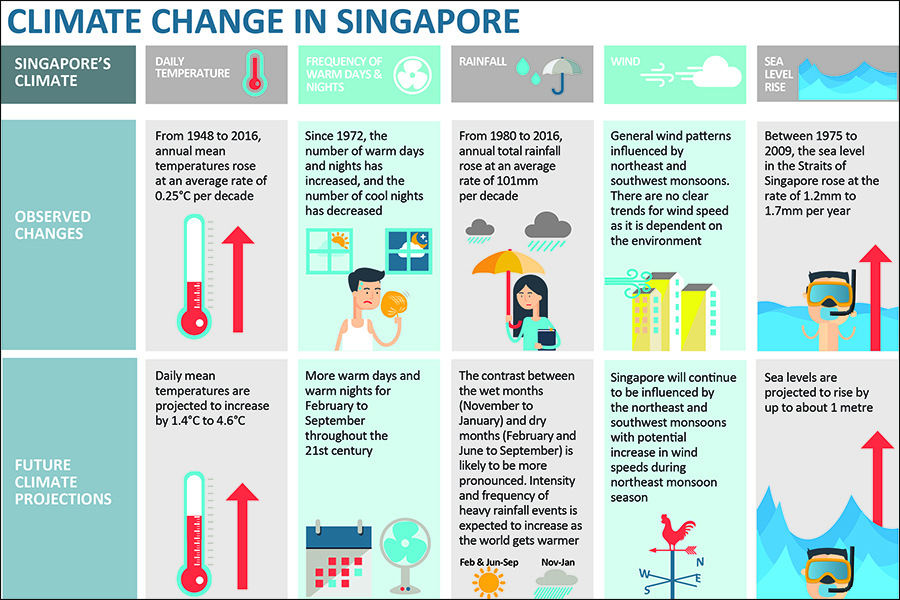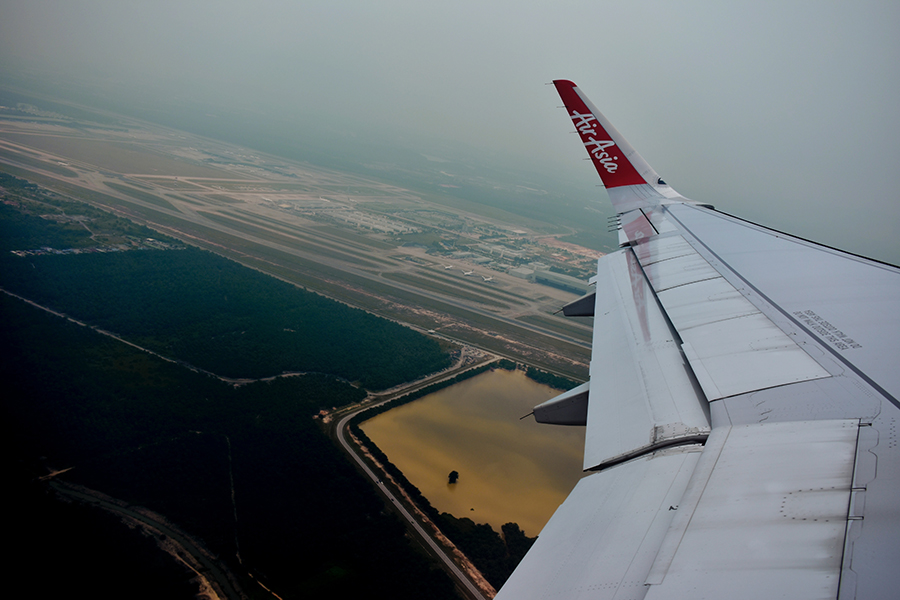As sustainable travellers, we can always pick the best transport to reduce our carbon footprints and fight climate change while still enjoying our holidays!
Bus, train, car or airplane – these are the most common modes of transportation when it comes to holidays. However, do you know that every time you travel, you leave behind a carbon footprint?
Travel & Carbon Emissions Series:
• What is Flight Carbon Offset & How Does it Work? 💨
• Carbon Offset Programme Types, Costs & Contributions ✈️
• Reducing Carbon Footprint: Flight, Car, Bus or Train? 🚂
We take a look at each mode of transport’s carbon emissions and how you can make your carbon footprint smaller. After all, being an eco-conscious traveller has become more important than ever.
What’s a Carbon Footprint?

Nearly every human activity produces a carbon footprint. According to Horticulture Australia, a carbon footprint is defined as “a direct measure of greenhouse gas emissions (CO2) caused by a defined activity.”
Things produced for human consumption such as food you eat or the objects you use – they all have its own carbon footprint. For example, toilet paper produced by clearing Canadian boreal forests releases an average of 26 million metric tons of CO2 each year.
Meanwhile, the global livestock that supports the meat industry for our food emitted a total of 7.1 gigatonnes of CO2, equivalent to 14.5 percent of total CO2 emissions produced by human activity. That also explains the global rise of vegan activism.
You might argue that these activities are too indirect to you – but do you know that one of the most direct ways an individual like you emits CO2 is actually through transport? Your choice of transport directly affects how much CO2 you emit.
Why Should I Care About My Carbon Footprint?

I don’t know if you’ve noticed, but the weather in Singapore has gotten more extreme lately. According to the National Climate Change Secretariat (NCCS), the annual mean temperature from 1972 to 2014 increased from 26.6°C to 27.7°C, while the mean sea levels from 1975 to 2009 in the Straits of Singapore have increased at a rate of 1.2mm to 1.7mm, year on year.
Obviously, you know that climate change is a global crisis. I’m sure when you’re holidaying you’d want a change of scenery – perhaps you’d like to go somewhere cold? Just take a look at Iceland. In 2019, it welcomed over 1.9 million visitors from all over the world.
However famed it might be for its relatively untouched landscape and glaciers, it’s not entirely immune to the effects of climate change and human activity. In the same year, scientists bid farewell to Okjökull, the first Icelandic glacier to melt away due to climate change.
I’m sure I don’t need to remind you that other tourist attractions will melt, burn, wash, erode away if we keep up with our unsustainable habits.
How Do I Minimise My Carbon Footprint?

I’d like for you to pay attention to point 30 of Columbia University’s Earth Institute‘s list on the easiest ways to reduce your carbon footprint. It finds that air travel is probably one of the biggest contributors to your personal carbon footprint, and it urges you to avoid it on shorter journeys.
Data collated by BBC from the Department for Business, Energy and Industrial Strategy (BEIS) and Defra Greenhouse Gas Conversion Factors 2019 supports this as well. Your average domestic or short-haul flight emits up to 30% more CO2 per passenger, per kilometre travelled.
Wait, What are the Carbon Footprints from Various Modes of Transportation?
Did you know that between 2017 to 2018, the world’s busiest international air link was actually between Singapore and Kuala Lumpur (KL), with 84 flights a day?
For a distance as short as around 350km, this flight may seem a little excessive, however enticing that 45-minute short journey may be. This graph will show you how much CO2 you emit on a Singapore-KL journey on various transport modes:
Singapore-KL Journey CO2 Emissions

I think the most interesting thing to note is that while a flight has the most carbon emissions, the duration for each mode of transport is quite similar. Sure, the Singapore-KL flight is 45 minutes, but the check-in and immigration, including your land journey from the airport to city centre would eventually add up to about four hours. Driving from Singapore to KL (off peak) would take around the same time too, but you emit less CO2.
Here’s a breakdown of a Singapore-KL flight:
| Activity | Estimated time |
| Check-in | 1-2 hours before departure |
| Boarding | 20 minutes |
| Flight | 45 minutes |
| Arrival & immigration | 30 minutes |
| Journey to KL city centre | 30 minutes |
| Total | ~ 4 hours |
If you don’t drive, you can also opt for a bus or train journey that would take between five to seven hours. It’s a tad longer, but you pay less for the tickets, not to mention free baggage that comes along with it. What’s more, their carbon emissions are only a tiny fraction of a short haul flight.
How do I Make a Conscious Decision to Reduce my Carbon Footprint?
Changing your travelling habits to include car, bus or train for shorter journeys is more sustainable, and depending on the nature of your journey, it could also save you time and money!
Case in point: Singapore to Kuala Lumpur. A short, 45-minute flight actually involves lots of other variables – check-in, arrival, and journey to city centre – and this adds more time to your travel.
Not only that, it also costs more than your average train or bus ticket and you have to pay for baggage as well. Most importantly, you have the power to reduce up to a whopping 90% of environmental costs.
Don’t forget: if you’re purchasing tickets in foreign currency, remember to use your YouTrip card to utilise YouTrip’s Wholesale Exchange Rates for favourable exchange rates!
Read: What is Flight Carbon Offset & How Does it Work?
Read: 8 Unique Eco-Friendly Hotels in Southeast Asia
Read: Australia Wildfires: Cheaper Travels But At What Cost?
Read: Carbon Offset Programme Types, Costs & Contributions
Read: 10 Best Travel Apps You Must Download
Enjoy a travel experience with no fees worldwide!





















































